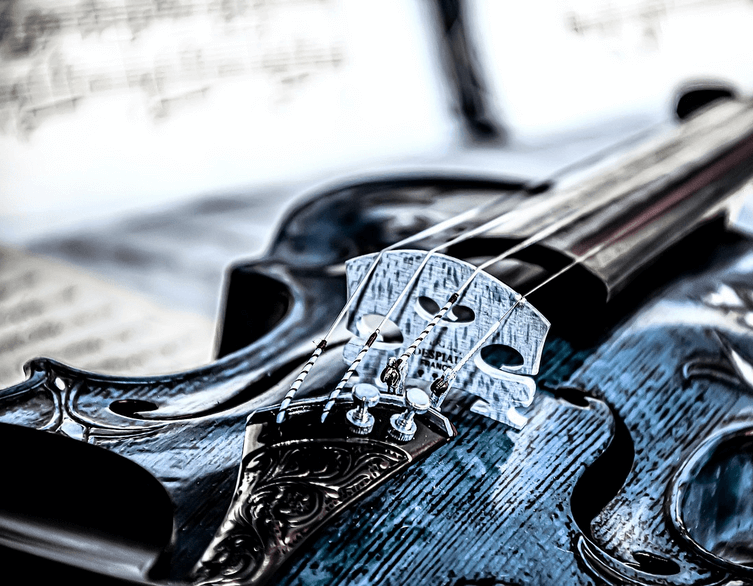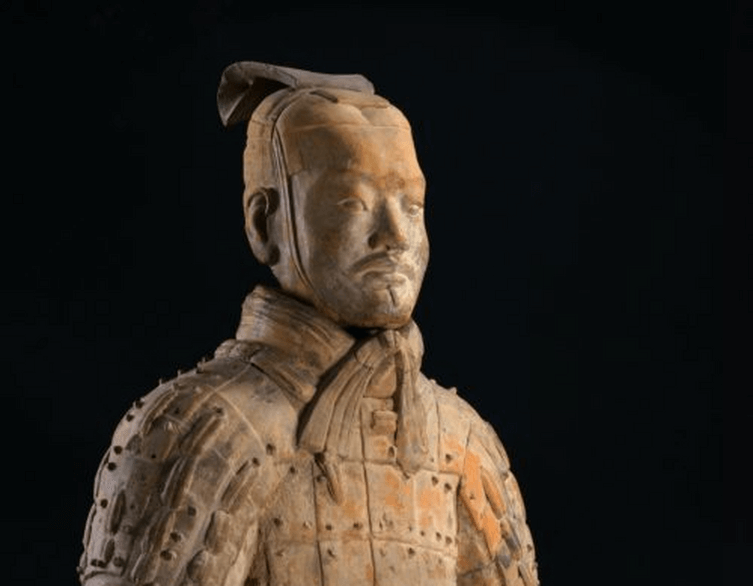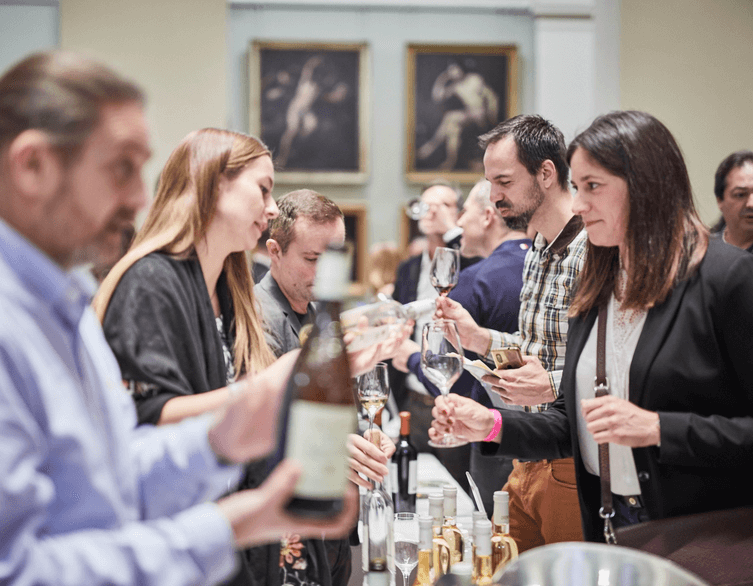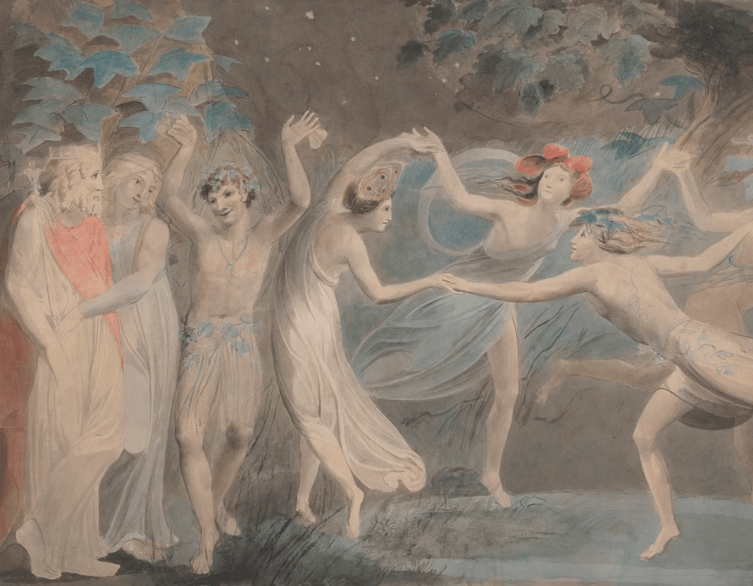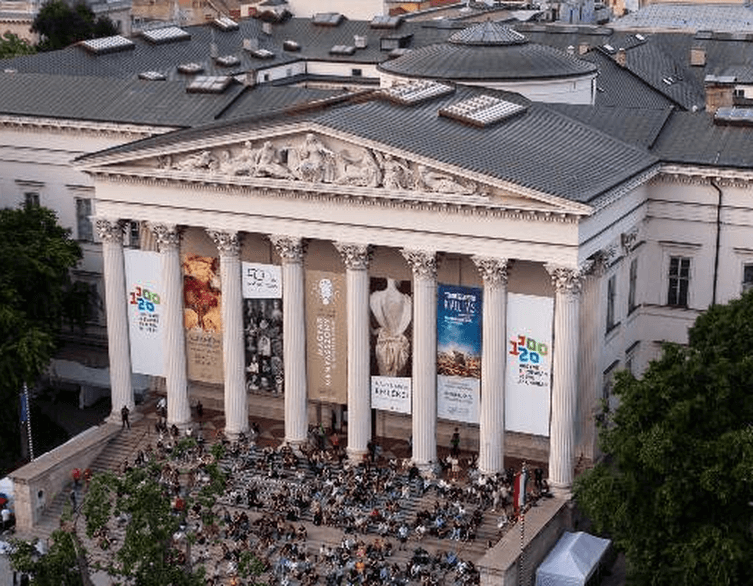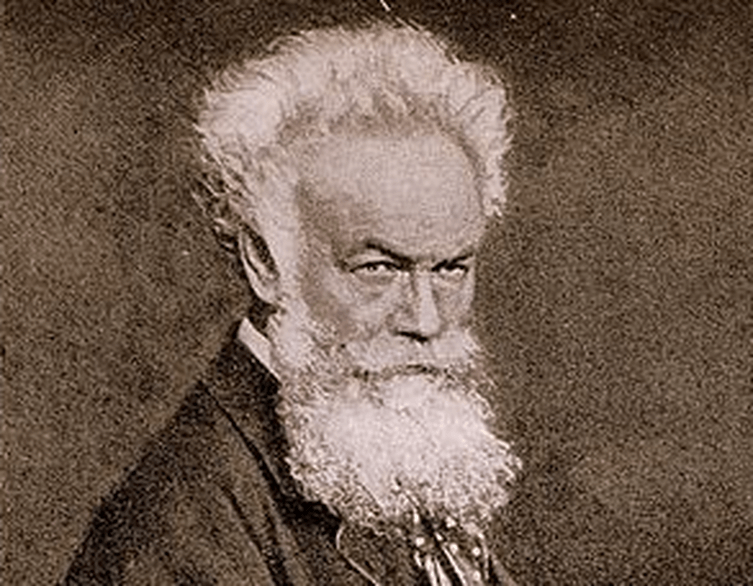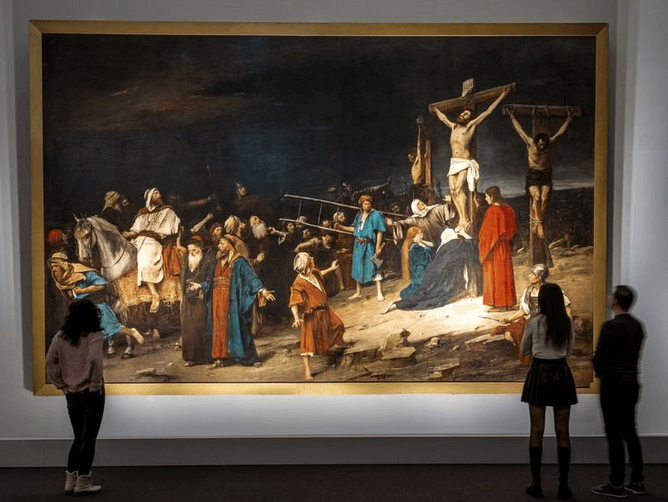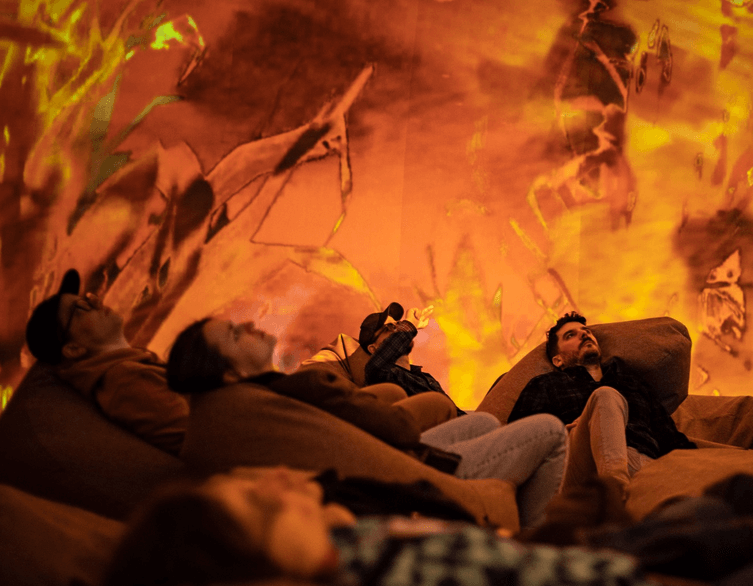Exploring the Museum of Fine Arts in Budapest
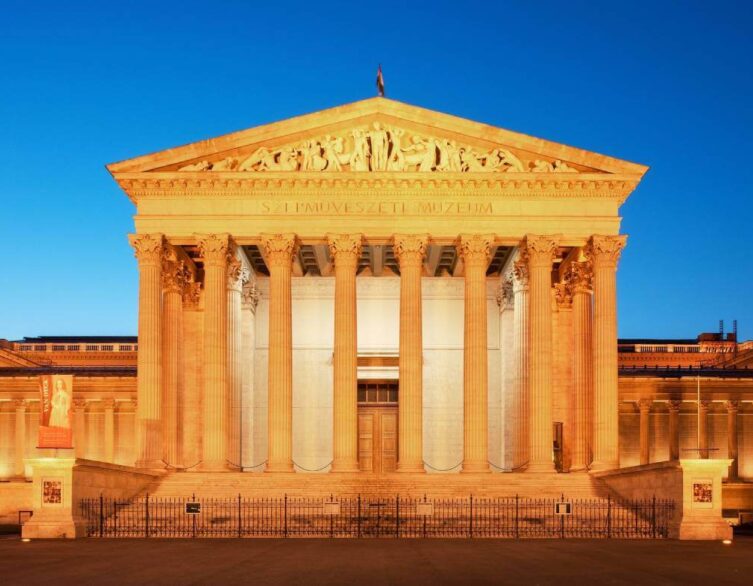
The Museum of Fine Arts in Budapest is one of Europe’s most prominent cultural institutions, housing an extensive collection that spans from ancient Egyptian treasures to masterpieces of 19th-century art. For foreign tourists visiting Hungary, exploring this museum offers a unique opportunity to delve into the rich history and artistic heritage of Europe and beyond.
Architectural Significance
The Museum of Fine Arts in Budapest is one of Europe’s most prominent cultural institutions, with a rich history and architectural significance that attracts visitors from around the world. For foreign tourists visiting Hungary, the museum offers a fascinating glimpse into the country’s artistic heritage and its place in the broader context of European art.
Decreed by the Millennium Act of 1896, the Museum of Fine Arts was inaugurated in 1906 in the presence of Emperor Franz Joseph I. The museum building itself is a work of art, designed by architects Albert Schickedanz and Fülöp Herzog in a historicizing style. The ornamented facade, imposing stairwell, and spacious halls create a grand setting for the collections.
The museum building itself is an architectural marvel, designed in a historicizing style with an ornamented facade, imposing stairwell, and spacious halls. Completed in 1906, the museum has undergone several partial reconstructions over the years, but the most extensive and comprehensive renovation took place as part of the Liget Budapest Project, lasting more than three years.
One of the most spectacular achievements of this renovation was the restoration of the breathtaking Romanesque Hall, which had been closed to the public for 70 years after sustaining serious damage during World War II. The hall, resembling the interior of a medieval basilica, features beautiful frescoes depicting iconic figures of Hungarian history and mythology. The meticulous restoration process involved 70 restorers working to return nearly 2,500 square meters of surfaces to their original beauty.
In addition to the Romanesque Hall, visitors can explore the Renaissance Hall, which follows the style of 16th-century Italian architecture, and the Baroque Hall, bearing the stylistic features of Baroque architecture. These three unrivaled halls allow visitors to walk through the great periods of European Christian art from the Middle Ages to the Baroque era, while also gaining insight into the late 19th-century approach to art and the museum’s conception.
The renovation also involved the reorganization of the museum’s permanent exhibitions, returning to the original collection concept. The museum’s holdings, comprising more than 100,000 artworks spanning from ancient Egyptian treasures to 19th-century paintings and sculptures, offer visitors an unparalleled opportunity to explore the history of art from ancient times to the end of the 18th century.
For foreign tourists, a visit to the Museum of Fine Arts in Budapest is not only a chance to admire the architectural splendor of the building itself but also to gain a deeper understanding of Hungary’s rich artistic heritage and its connections to the broader world of European art. The museum’s commitment to tradition and renewal, as exemplified by the recent renovation project, ensures that visitors will continue to be inspired and enlightened by its collections for generations to come.
A visit to the Museum of Fine Arts in Budapest is a journey through the history of European art and culture. With its vast collections, architectural splendor, and commitment to showcasing masterpieces, the museum offers an enriching experience for foreign tourists seeking to understand and appreciate the artistic legacy of Hungary and beyond. Whether you are an art enthusiast or simply curious about history, this museum is a must-visit destination in the heart of Budapest.
Cultural Significance
The Museum of Fine Arts is not only a significant part of Hungary’s cultural landscape but also a prominent institution in Europe. Its vast collection of more than 100,000 artworks allows visitors to gain insight into universal and Hungarian art from ancient times to the end of the 18th century. The museum’s large-scale temporary exhibitions attract hundreds of thousands of visitors, further cementing its status as a cultural hub.
Best deals of Budapest
Established in 1906, the museum has earned its place as one of Europe’s most distinguished fine arts museums, housing an extensive and diverse collection that provides visitors with a comprehensive overview of European art history.
The museum’s collections span from ancient Egyptian artifacts to classical antiquities and European painting and sculpture up to the end of the 18th century. With over 100,000 works of art, including masterpieces by renowned artists such as Raphael, El Greco, Velázquez, Rembrandt, and Goya, the museum offers an unparalleled opportunity to explore the rich artistic heritage of Europe.
One of the museum’s most significant cultural contributions is its role in preserving and showcasing Hungary’s own artistic legacy. The Old Hungarian Collection features works by Hungarian masters from the 11th to the 19th century, offering visitors a unique insight into the country’s cultural history and its place within the broader context of European art.
In addition to its permanent exhibitions, the Museum of Fine Arts hosts prestigious temporary exhibitions that attract hundreds of thousands of visitors. These exhibitions often focus on prominent artists or art movements and have included highly successful showcases of works by Michelangelo, Cézanne, Bosch, Matisse, El Greco, and Renoir.
For foreign tourists, a visit to the Museum of Fine Arts offers a multifaceted cultural experience. Not only does the museum provide an exceptional introduction to European art history, but it also serves as a window into Hungary’s rich cultural heritage and its connections to the wider world of art. As a testament to its cultural significance, the Museum of Fine Arts remains a source of national pride and a symbol of Hungary’s enduring commitment to preserving and celebrating the arts.
Permanent Exhibitions and Collections
The Museum of Fine Arts in Budapest houses an extensive collection spanning from ancient times to the end of the 18th century. The museum’s permanent exhibitions offer visitors a comprehensive overview of art history, showcasing masterpieces from various eras and regions.
Ancient Egypt Collection
The renewed Ancient Egypt exhibition presents the world of ancient Egypt in three thematic units: Temple – Gods, Nile Valley – People, and Burial Chamber – The Dead. The exhibition uses interactive tools to provide visitors with an engaging and scientifically accurate understanding of this fascinating era. An additional “Chamber of Egyptian Secrets” offers further intriguing information for those interested in exploring more.
Classical Antiquity Collection
The Classical Antiquity Collection’s new permanent exhibition focuses on the classical heritage of ancient Greece, Etruria, and Rome, as well as the broader Mediterranean world. The exhibition approaches this ancient world from three different perspectives, providing a comprehensive view of the period.
European Art 1250-1600
The Old Masters’ Gallery has been redesigned to present the main periods of art history in chronological order and by geographical units. This exhibition offers a modern and unprecedented concept in the museum’s history, made possible by the comprehensive reconstruction of the Museum of Fine Arts.
European Art 1600-1700
The right-hand row of rooms in the Old Masters’ Gallery is dedicated to the art of the 17th century, or the Baroque period, as a continuation of the European Art 1250-1600 exhibition. Together, these exhibitions provide visitors with an overview of five centuries of European art trends and the most important artists, from the early Gothic to the Baroque.
European Art 1700-1800
The Old Masters’ Gallery’s new permanent exhibition unit, showcasing 18th-century art, has opened in renewed spaces with a fresh arrangement. With this 450-square-meter exhibition on the second floor of the building, visitors can now gain a comprehensive view of six centuries of European art trends and the most important artists, from the early Gothic to the Classicism period.
European Sculpture 1350-1800
The Old Sculpture Collection preserves nearly 650 works of European sculpture from the Middle Ages to the end of the 18th century. The exhibition presents about 100 masterpieces from the collection, including works by German late Gothic, Italian Renaissance, and the most significant Austrian Baroque sculptors. Highlights include Tilman Riemenschneider’s Madonna sculpture, Jacopo Sansovino’s unique wax Madonna, and Franz Xaver Messerschmidt’s Character Heads.
Baroque Variations – Hungarian Art 1600-1800
The Baroque permanent exhibition of the Old Hungarian Collection follows the development of art and its Central European connections in historical Hungary from the early 17th century to 1800.
Romanesque Hall
The ground floor halls of the Museum of Fine Arts were designed in different architectural styles. The Romanesque Hall, evoking the Romanesque style, was created to display large-scale plaster casts such as the Golden Gate of Freiberg Cathedral, which is still visible today.
Renaissance Hall
The Renaissance Hall follows the formal language of 16th-century Italian architecture, with its semi-circular arcades, classical columns, balustrade, and grotesque frescoes reminiscent of an Italian Renaissance palace courtyard. The hall houses two special ensembles from the Museum of Fine Arts’ collection: Italian frescoes and Venetian well-heads.
Baroque Hall
The imposing and spacious Baroque Hall, bearing the stylistic features of Baroque architecture, hosts a rearranged permanent exhibition of selected works from the 17th and 18th-century collections of the Old Masters’ Gallery and the Old Sculpture Collection.
Provided Services
The Museum of Fine Arts in Budapest is one of Europe’s most prominent cultural institutions, offering a rich and diverse experience for foreign tourists visiting Hungary. Here are the key services and features provided by the museum:
- Extensive collections: The museum houses an impressive collection of over 100,000 artworks, spanning from ancient Egyptian treasures to masterpieces by renowned European artists such as Raphael, Titian, El Greco, Velázquez, and Goya. Visitors can explore art from various periods and regions, gaining a comprehensive understanding of art history.
- Renovated building and exhibitions: The museum underwent a major renovation as part of the Liget Budapest Project, with the historic Romanesque Hall reopening to the public after 70 years. The permanent exhibitions have been reorganized to align with the original collection concept, providing a fresh and engaging experience for visitors.
- Temporary exhibitions: In addition to its permanent collections, the Museum of Fine Arts hosts large-scale temporary exhibitions that attract hundreds of thousands of visitors. These exhibitions have featured world-renowned artists such as Michelangelo, Cezanne, Bosch, Matisse, El Greco, and Renoir.
- Architectural beauty: The museum building itself is a work of art, designed in a historicizing style with an ornamented facade, imposing stairwell, and spacious halls. Visitors can admire the architectural elements inspired by different periods, such as the Renaissance Hall, Romanesque Hall, and Baroque Hall.
- Accessibility: The museum is easily accessible by public transportation, with the main entrance located just a short walk from the Hősök tere (Heroes’ Square) metro station. The building is also equipped with lifts and ramps to facilitate access for visitors with limited mobility.
- Guided tours and audio guides: Visitors can enhance their experience by joining guided tours led by the museum’s knowledgeable staff or by using audio guides available in multiple languages. These resources provide valuable insights into the artworks and the museum’s history.
- Museum shop and café: The museum features a well-stocked shop offering a wide selection of art-related products, including books, prints, and souvenirs inspired by the museum’s collections. Visitors can also take a break and enjoy refreshments at the museum’s café.
By offering a combination of world-class art collections, engaging exhibitions, stunning architecture, and visitor-friendly amenities, the Museum of Fine Arts in Budapest provides an unforgettable cultural experience for foreign tourists exploring Hungary’s rich artistic heritage.
House Rules
As a tourist visiting the Museum of Fine Arts in Budapest, it is important to be aware of the house rules to ensure a pleasant and respectful experience for all visitors. The museum, being one of Europe’s most prominent cultural institutions, aims to provide a safe and enjoyable environment for everyone to appreciate the extensive art collections spanning from ancient times to the 18th century.
General Rules:
- Visitors are required to maintain a respectful and quiet atmosphere within the museum premises.
- Touching or leaning on the artworks, display cases, or walls is strictly prohibited.
- Food, drinks, and chewing gum are not allowed inside the exhibition halls.
- Smoking, including e-cigarettes, is not permitted anywhere in the museum.
- The use of mobile phones should be limited, and ringtones should be set to silent mode.
Photography and Filming:
- Photography without flash and for personal use is allowed in most areas of the museum, unless otherwise indicated.
- The use of tripods, selfie sticks, or additional lighting equipment is not permitted without prior permission.
- Filming or photography for commercial purposes requires advance authorization from the museum management.
Clothing and Baggage:
- Visitors should dress appropriately for a cultural institution. Clothing with offensive slogans or images is not allowed.
- Large bags, backpacks, and umbrellas must be left in the cloakroom or stored in the designated lockers.
- The museum reserves the right to inspect bags for security reasons.
Children and Groups:
- Children under 14 must be accompanied by an adult at all times.
- School groups or large groups should make prior arrangements with the museum’s education department for guided tours or special activities.
- Group leaders are responsible for the behavior and safety of their group members.
Accessibility:
- The museum is wheelchair accessible, with elevators and ramps available.
- Visitors with special needs or requirements should contact the museum in advance for assistance.
Safety and Security:
- Visitors should follow the instructions of the museum staff and security personnel at all times.
- In case of an emergency, visitors should remain calm and follow the designated evacuation routes.
- The museum reserves the right to refuse entry or remove any visitor who fails to comply with the house rules or poses a risk to the safety and security of others.
By adhering to these house rules, foreign tourists can contribute to the preservation of the museum’s invaluable art collections and ensure a positive experience for themselves and fellow visitors. The Museum of Fine Arts in Budapest welcomes tourists from around the world to explore and appreciate the rich cultural heritage it has to offer.
Getting There
The Museum of Fine Arts in Budapest is one of Europe’s most prominent cultural institutions, offering a comprehensive overview of art history from ancient times to the 18th century. Located in the heart of the city, the museum is easily accessible by various means of transportation.
Public Transportation
The museum’s main entrance is just a one to two-minute walk from the Hősök tere (Heroes’ Square) stop of the M1 metro line (the yellow line), as well as from the bus stops for lines 105, 178, 20E, 30, 30A, and 230, and the trolleybus stops for lines 75 and 79M.
Bicycle
Visitors arriving by bicycle can use the bicycle racks located on the left side of the museum’s main entrance staircase. A MOL Bubi bike-sharing station is also available near the Hősök tere metro stop at the end of Andrássy Avenue closest to Heroes’ Square.
Car
Finding street parking near Heroes’ Square can be challenging. The surrounding streets are part of the B parking zone, with an hourly parking fee. However, when purchasing a museum ticket through the Liget+ website, visitors can enjoy two hours of free parking in the Museum Underground Garage, located a 10-minute walk from the museum. To take advantage of this offer, validate your parking ticket at the museum’s information desk, and the free period will be automatically deducted from the total amount when paying for parking. The garage entrance is accessible from both directions at the intersection of Dózsa György Road and Damjanich Street. The three-level garage is open 24 hours a day, every day of the year.
Accessibility
One parking space for visitors with disabilities is available on the right side of the building, behind the taxi stand, from where the external elevator can be reached without crossing the road. During opening hours, the external elevator on the right side of the main staircase can be used independently to access the main entrance. Inside the building, three elevators are in operation to facilitate access to various levels and exhibition spaces.
By providing detailed information on the various transportation options and accessibility features, foreign tourists visiting Hungary can easily plan their visit to the Museum of Fine Arts in Budapest and enjoy a seamless, enriching cultural experience.
Nearby Attractions
The Museum of Fine Arts is located in the heart of Budapest, in Heroes’ Square (Hősök tere). This area is one of the most popular tourist destinations in the city, with several notable attractions within walking distance of the museum. Here are some of the top nearby attractions:
- Heroes’ Square (Hősök tere) – The museum is located directly on this iconic square, which features the Millennium Memorial, a complex of statues and monuments commemorating the 1,000-year history of the Magyars (Hungarians).
- City Park (Városliget) – Just behind Heroes’ Square is Budapest’s main city park, a vast green space with several attractions, including a boating lake, the Budapest Zoo, the Vajdahunyad Castle, and the Széchenyi Thermal Baths.
- Vajdahunyad Castle – This castle in City Park is a unique architectural mix, showcasing various styles from Hungary’s history. It houses the Hungarian Agricultural Museum.
- Széchenyi Thermal Baths – One of Budapest’s most famous thermal baths, known for its neo-Baroque architecture and outdoor pools, is located in City Park, a short walk from the museum.
- Budapest Zoo & Botanical Garden – The zoo, one of the oldest in the world, is home to over 1,000 animal species and is noted for its Art Nouveau animal houses.
- Andrássy Avenue – This elegant boulevard, a UNESCO World Heritage Site, starts at Heroes’ Square and is lined with high-end shops, restaurants, and notable buildings like the Hungarian State Opera House.
- House of Terror Museum – Located on Andrássy Avenue, this museum is dedicated to the fascist and communist regimes in 20th-century Hungary.
- Kunsthalle (Műcsarnok) – The Kunsthalle, an art museum hosting contemporary exhibitions, is located across the square from the Museum of Fine Arts.
These attractions, all within easy reach of the Museum of Fine Arts, offer visitors a diverse range of experiences, from relaxing in thermal baths to exploring Hungarian history and enjoying green spaces in the heart of the city.
Summary
The Museum of Fine Arts in Budapest is a must-visit destination for art enthusiasts and cultural explorers. With its rich history, extensive collection, and stunning architecture, the museum offers a captivating journey through the world of art. By following the house rules and utilizing the provided services, visitors can fully immerse themselves in this remarkable institution. Whether you’re a local or a foreign tourist, the Museum of Fine Arts promises an unforgettable experience in the heart of Budapest’s Városliget.
Image source: Museum of Fine Arts
Related news
Related events

